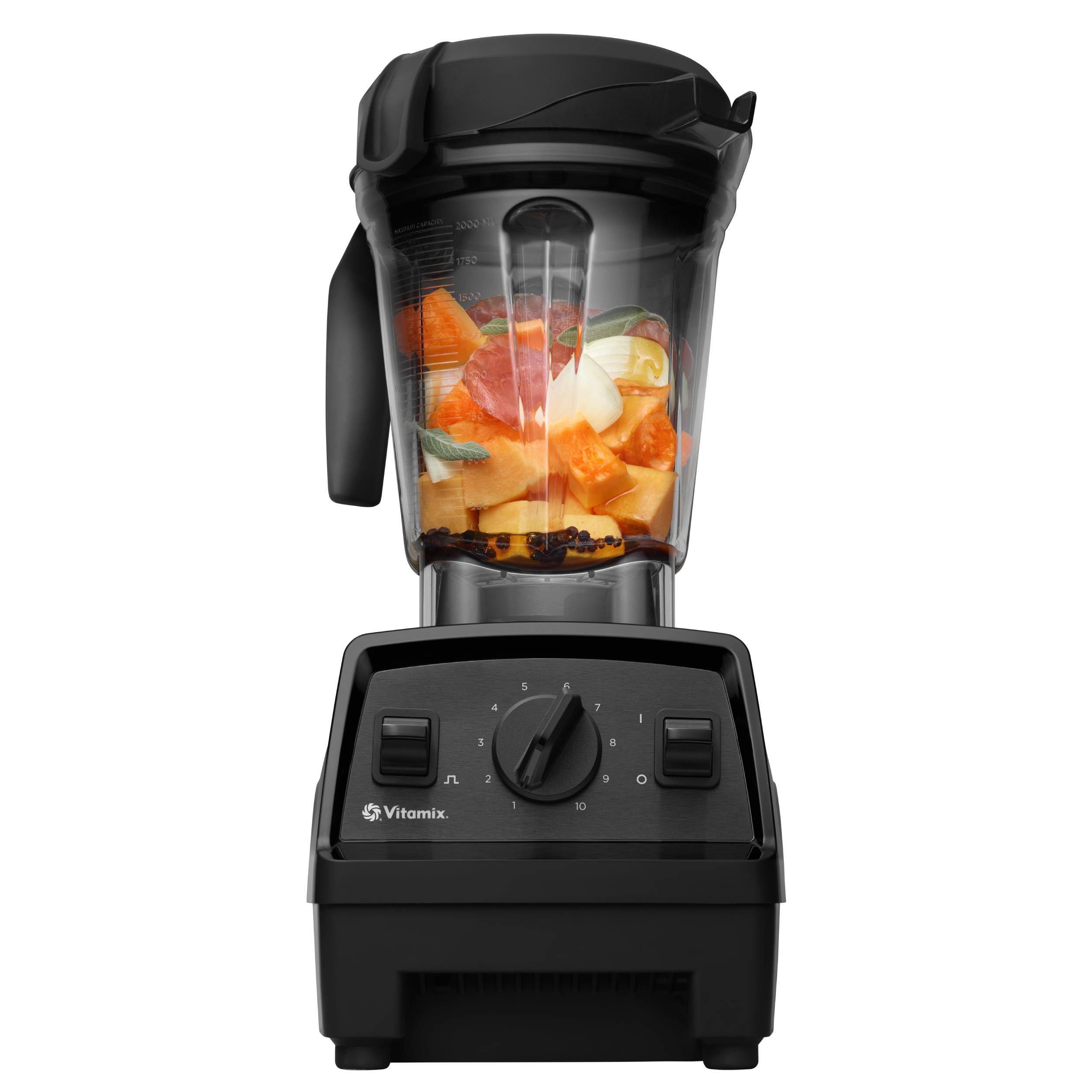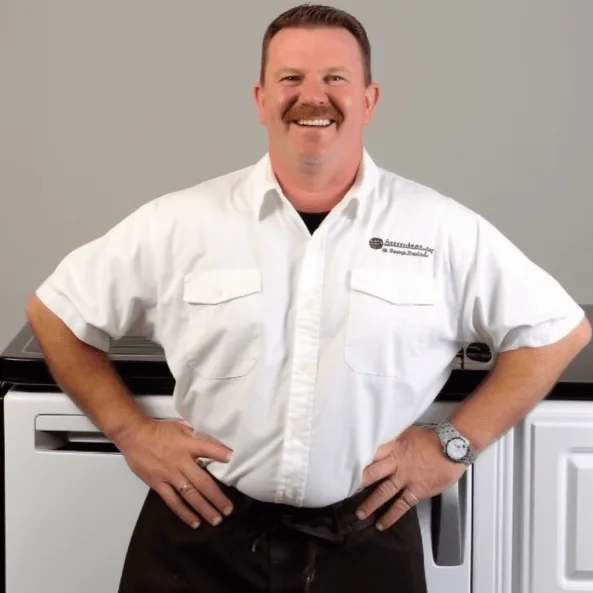Have you ever turned on the hot water only to be greeted by a cold surprise? If you own an A.O. Smith tankless water heater, you might have encountered error codes that leave you scratching your head. These codes can be frustrating, but understanding them is key to keeping your hot water flowing smoothly.
In this article, you’ll learn about the common error codes associated with A.O. Smith tankless water heaters and what they mean. We’ll break down each code in simple terms and provide practical solutions to help you troubleshoot issues quickly. By the end, you’ll feel more confident in handling your water heater, ensuring your home stays comfortable and your hot water needs are met.
Key Takeaways
- Familiarize with Error Codes: Understanding A.O. Smith tankless water heater error codes like E1 (Ignition Failure), E2 (Temperature Sensor Issue), and E4 (Overheating) is essential for effective troubleshooting.
- Regular Maintenance is Key: Performing routine inspections, flushing the heat exchanger, and cleaning filters every six months can significantly enhance performance and extend the lifespan of your water heater.
- Safety First: If error codes persist or if you’re unsure about troubleshooting, consult a licensed technician to ensure safe operation and comprehensive repairs.
- Monitor Water Quality: Testing for hard water and maintaining proper pH levels can prevent scale buildup and damage, aiding in optimal performance.
- Proper Temperature Settings: Keeping the water temperature within the recommended range of 120°F to 140°F ensures comfort and safety while optimizing energy efficiency.
Overview of AO Smith Tankless Water Heater
AO Smith tankless water heaters provide continuous hot water, conserving energy and space. Unlike traditional water heaters, they heat water on demand, eliminating the need for a storage tank. Many users appreciate their energy efficiency, which can lower utility bills.





Understanding the components and operation of your AO Smith tankless water heater helps in troubleshooting. Key features typically include:
- Compact Design: Fits in tight spaces, making it ideal for smaller homes.
- Digital Display: Displays temperature settings and error codes, aiding in quick diagnostics.
- Flow Rate: Ranges from 4 to 8 gallons per minute, supporting various household needs.
Common errors can arise during operation. Recognizing the error codes and their meanings streamlines troubleshooting. For example, an error code might indicate a flame failure or a water flow problem.
Regular maintenance keeps your unit running efficiently. Flushing the heat exchanger every six months to a year prevents scale buildup. Checking the filters regularly ensures optimal water flow.
Having a clear understanding of your AO Smith tankless water heater enhances your experience and helps maintain a reliable hot water supply.
Common Error Codes
Understanding error codes in A.O. Smith tankless water heaters helps you troubleshoot potential issues effectively. Here are some common error codes you might encounter and their meanings.





Error Code E1
Error Code E1 indicates a problem with the water heater’s ignition. This can occur if the unit doesn’t detect a flame when it’s attempting to ignite. To resolve this:
- Check the gas supply to your unit for any interruptions.
- Inspect the gas valve for any blockages or malfunctions.
- Ensure that the venting system is clear of obstructions.
If the issue persists, consider contacting a professional for assistance.
Error Code E2
Error Code E2 signifies a problem with the water temperature sensor. This sensor measures the water temperature to ensure safe operation. If you receive this code:
- Inspect the temperature sensor for any loose or damaged wiring.
- Check for scale buildup that may affect sensor readings.
- Ensure that the incoming water supply matches the unit’s specifications.
Addressing these potential issues usually resolves Error Code E2 effectively.
Error Code E4
Error Code E4 denotes an overheating issue, which can occur if the unit’s internal temperature exceeds safe limits. To troubleshoot this error:





- Verify that the water heater’s airflow isn’t obstructed.
- Ensure the temperature settings on the digital display are appropriate for your needs.
- Inspect the heat exchanger for any signs of blockage or damage.
If these steps do not rectify the problem, reaching out to A.O. Smith’s customer service might be the best course of action.
Troubleshooting Techniques
Troubleshooting your A.O. Smith tankless water heater involves several straightforward steps. By following the guidance below, you can effectively address common issues and improve performance.
Resetting the Unit
Resetting your unit often resolves minor errors. To reset:
- Locate the power switch on the unit.
- Turn the switch off, wait for 30 seconds, and turn it back on.
- Observe the digital display for any error codes that may reappear.
If the error code returns, it’s likely that further inspection or service is needed.
Checking the Venting System
A properly functioning venting system is essential for safe operation. Follow these steps to check your system:
- Inspect the vent pipes for blockages or leaks. Clear out any debris or obstacles.
- Ensure fittings are tight and sealed to prevent gas leaks.
- Verify that the venting system is installed according to A.O. Smith guidelines.
If you notice any issues during your inspection, consider contacting a professional for further assistance.
Understanding Error Code Meanings
Error codes on your A.O. Smith tankless water heater signal specific issues that require attention. Familiarizing yourself with these codes assists in troubleshooting, ensuring consistent hot water supply.
Common Error Codes
- E1: Ignition Failure
E1 appears when your water heater struggles to ignite. Check the following:
- Gas supply
- Gas valve
- Venting system
- E2: Water Temperature Sensor Issue
E2 indicates a problem with the water temperature sensor. Inspect for:
- Damaged wiring
- Scale buildup around the sensor
- E4: Overheating
E4 suggests that your unit has overheated. Take these steps:
- Verify airflow around the heater
- Check the temperature settings
- Inspect the heat exchanger for blockages
Troubleshooting Tips
- Reset the Unit: A simple reset can clear minor errors. Locate the reset button and press it for several seconds.
- Check the Venting System: Ensure proper venting. Inspect for:
- Blockages
- Leaks
- Installation according to manufacturer guidelines
- Maintain Regular Inspections: Schedule routine checks to clean filters and flush the heat exchanger. This practice enhances performance and extends lifespan.
Safety First
If you encounter persistent error codes or unfamiliar situations, consult with a licensed technician. Professional insight ensures safe operation and thorough repairs, protecting your investment in the water heater.
Preventative Maintenance Tips
Regularly Inspect and Clean the Unit
- Check and Clean Filters: Inspect the inlet filter monthly and clean it as needed. A clogged filter can restrict flow and affect performance.
- Flush the Heat Exchanger: Conduct this every six months. Flushing removes mineral buildup, enhancing efficiency. Use a descaling solution for best results.
- Examine Venting: Inspect the venting system for obstructions and leaks. Proper airflow is crucial for safe and effective operation.
Monitor Water Quality
- Test for Hard Water: If your area has hard water, consider installing a water softener. Hard water can lead to scale buildup, harming your unit’s efficiency.
- Check pH Levels: Ensure the water pH ranges between 6.5 to 8.5. Extreme pH levels can corrode components.
Maintain Proper Temperature Settings
- Set Temperature Correctly: Keep the temperature between 120°F and 140°F. This range provides comfort while minimizing the risk of scalding.
- Adjust for Season: Lower the temperature in warmer months to save energy.
Schedule Professional Maintenance
- Annual Inspections: Arrange for a licensed technician to perform an annual checkup. This can identify issues before they become major problems.
- Document Maintenance: Keep records of all inspections and repairs. This history can be valuable for troubleshooting in the future.
- Read the User Manual: Familiarize yourself with the user manual for specific maintenance requirements unique to your model.
- Monitor Error Codes: Pay attention to error codes and respond quickly. Ignoring them can lead to more significant issues down the line.
Implementing these preventative maintenance tips helps ensure your A.O. Smith tankless water heater operates efficiently, extending its lifespan and minimizing unexpected repairs.
Conclusion
Understanding error codes for your A.O. Smith tankless water heater can make a big difference in keeping your hot water flowing smoothly. With the right knowledge and a few simple troubleshooting steps you can tackle common issues without stress.
Regular maintenance is key to preventing problems down the line. By taking the time to inspect and clean your unit you’ll not only enhance its performance but also extend its lifespan.
Remember that when in doubt it’s always best to consult a licensed technician. Your comfort and safety are worth it. Stay proactive and enjoy the benefits of a reliable hot water supply in your home.
Frequently Asked Questions
What are common error codes for A.O. Smith tankless water heaters?
A.O. Smith tankless water heaters often display error codes like E1, E2, and E4. E1 typically indicates ignition issues, E2 relates to temperature sensor problems, and E4 signifies overheating concerns. Recognizing these codes can help you take quick action to resolve issues.
How do I troubleshoot error code E1?
Error code E1 usually points to ignition problems. First, check the gas supply and gas valve. Ensure the venting system is clear and properly installed. If the issue persists after these checks, consult a licensed technician for further assistance.
What should I do if I see error code E2?
Error code E2 indicates issues with the water temperature sensor. Inspect the wiring for any damage and check for scale buildup on the sensor. Clearing any obstructions can resolve the issue. If it continues, consider contacting a professional for repair.
How can I address an E4 error code?
E4 error code signifies overheating. First, check the airflow around the unit and confirm that the temperature settings are appropriate. Inspect the heat exchanger for blockages. If these steps don’t resolve the issue, seek help from a licensed technician.
What preventive maintenance should I perform on my water heater?
To extend the lifespan of your A.O. Smith tankless water heater, clean filters monthly, flush the heat exchanger every six months, and check the venting system for blockages. Maintain water temperature between 120°F and 140°F, and schedule annual inspections with a technician.
Why is regular maintenance important for my water heater?
Regular maintenance ensures that your A.O. Smith tankless water heater operates efficiently and helps prevent unexpected repairs. It can enhance performance, improve energy efficiency, and extend the unit’s lifespan, thus protecting your investment.
When should I consult a technician for my water heater?
You should consult a licensed technician if you encounter persistent error codes, if troubleshooting steps are unclear, or if you’re unsure about performing any maintenance. Professional help ensures safety and thorough repairs.

Hey, I’m Jake. I focus on cooling systems at Appliance Mastery, like fridges, freezers, and air conditioners.
I’ve worked in appliance repair for more than ten years and I’m certified through NASTeC. I’ve seen just about every fridge issue you can imagine.
My goal is to help you fix problems without stress. Whether it’s a freezer that won’t cool or an AC that keeps beeping, I’m here to walk you through it.
